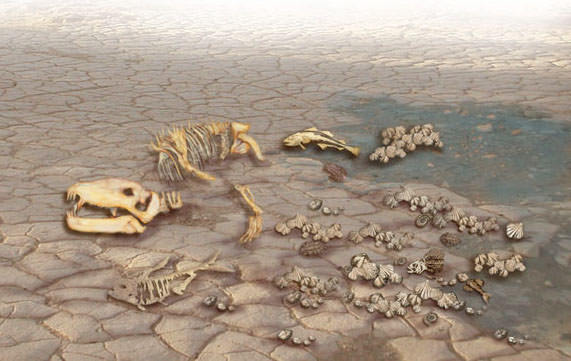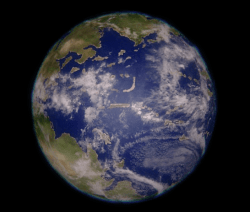Every few dozen million years there’s a devastating event on Earth that kills nearly all the living creatures on our planet. Dr. Michael Habib explains how life always finds a way of recovering.
“Hello, my name is Michael Habib, and I’m an assistant professor of Cell and Neurobiology at the University of Southern California. I’m a biomechanist and paleontologist.”
How does life survive a mass extinction?
“One of the most amazing things about life on earth is that if you don’t kill EVERYTHING, it will eventually recover. Extinction is forever – if you kill a group, you’ll never have that group again, but what we find is that often the same ecologies show up again after a major extinction, because other groups end up diversifying to do the same things as groups we’d seen elsewhere.”
“So the world doesn’t end up looking entirely different after a mass extinction, although it would be quite different in a lot of ways. And even the great End Permian extinction killed about 99 percent of all species, or at least all the ones we can measure in the fossil record, and left that one percent, that’s all it takes to eventually recover.”
“Now, I imagine if you took a time machine to the first six months of the Triassic, it would be a very lonely, kinda ugly world. You’d notice that animals and plants were missing. The massive extinction affected all sorts of organisms.But, at the scales we’re looking at in the geologic record – tens of millions of years, a time span that’s pretty much unfathomable to human experience, you can eventually recover that diversity, with speciation event after speciation event kicks in and eventually creates a new diversity.”
“But after each mass extinction event, the world looks a bit different. You know, if I were to drop you in a time machine before the End Permian extinction, you’d notice a lot of things different about the world. You’d notice strange large mammal-like reptiles with large saber teeth running around as the large terrestrial organisms. You would see a few of the major groups of vertebrates that exist today, especially marine, but a lot of the terrestrial groups would be very different.”
“If I jump to after the End Permian extinction, enough that life had recovered, you’ll see those ancestors to dinosaurs, those terrasaurs, would show up in the mid to late Triassic. Then you start to see some plant groups that look more familiar to us, like plants that look a little bit more like modern conifers, things like that. So the world would definitely look different, but life does go on.”



